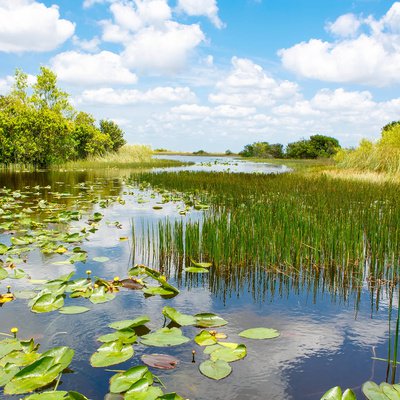|
Getting your Trinity Audio player ready...
|
By Nhau Mangirazi
Hurungwe – National Environment Action Plan (NEAP) must recognize wetlands as the mainstay of water bodies, helping communities and biodiversity.
Karoi Residents Trust (Karest) director, Travo Chiwanga said there is a need for local authorities to protect the wetlands in rural, towns, municipalities, and cities in the country.
Of late, a majority of water bodies have been polluted by miners’ and farmers’ chemicals.
‘‘Our water bodies are now in a sorry state due to abuse of the wetlands that have been abused of late. Local authorities do not have bylaws to protect the wetlands,’’ said Chiwanga.
He added that if the bylaws are in place, they remain a ‘paper tiger’.
Chiwanga said, ‘If our local authorities have bylaws to protect water bodies and wetlands, there is a deliberate attempt to ignore the importance of protecting these by duty bearers who are public officers. It has no effect and remains a paper tiger while our wetlands have been destroyed.
‘‘We call upon a local based approach to have policies protecting wetlands which must be respected. This can be adopted at the provincial and national levels.
‘‘Parliament can endorse laws protecting our wetlands and water bodies,’’ explained Chiwanga.
Karoi Dam – one of the water sources for residents, has suffered naturally after some wetlands were destroyed, thereby affecting water bodies.
‘Nothing has been done to stop the building of commercial and residential houses in mostly low-density areas of the town besides public outcry,’’ said Chiwanga.
Calls for a long-term goal to make sustainable development a national priority were made through the Environmental Education Policy (2003).
‘‘There is a need to take a pro-active role in environmental issues and to respond to environmental challenges facing Zimbabwe at the personal, local, national, regional, and global levels through education and communication processes,’’ says the policy document.
It further adds that agriculture-related policies include the Comprehensive Agriculture Policy Framework (2018-2030).
‘‘One of the objectives is to promote a conducive policy and regulatory environment for agricultural development through the interface of agriculture, other land uses such as urban land use, forests, and wildlife. As a result of issues such as urban expansion; natural resources and biodiversity management; and land tenure security, there is a need for a more strategic engagement and judicious management of agricultural activities,’’ reads the policy document.
In Zimbabwe, there are about 1,117 wetlands countrywide covering about 793,000 hectares of land.
‘‘These wetlands are important in that they filter the water sources, control floods, and soil erosion provide habitats for fish and wildlife, and sources of livelihoods for people and wildlife,’’ reads part of NEAP documents.
The Environment Management Agency (EMA) is pushing for collective responsibility for the policy.
The draft plan covering 2022- 2032, seeks to ‘coordinate environmental planning at national, provincial, district and community levels.
‘‘It is meant to domesticate global agreements on environmental issues such as United Nations Frame Convention on Climate Change, and United Nations Convention to Combat Desertification among others.
‘‘Countries agreed to have NEAP documents in place in order to plan for provided in terms of sections 87 and 95 of the Environmental Management Act environmental issues within countries as it recognizes the role of local authorities in preparing and implementing relevant and district environmental action plans, formulating and enforcing by-laws on environmental conservation and management,’’ reads part of the document.






